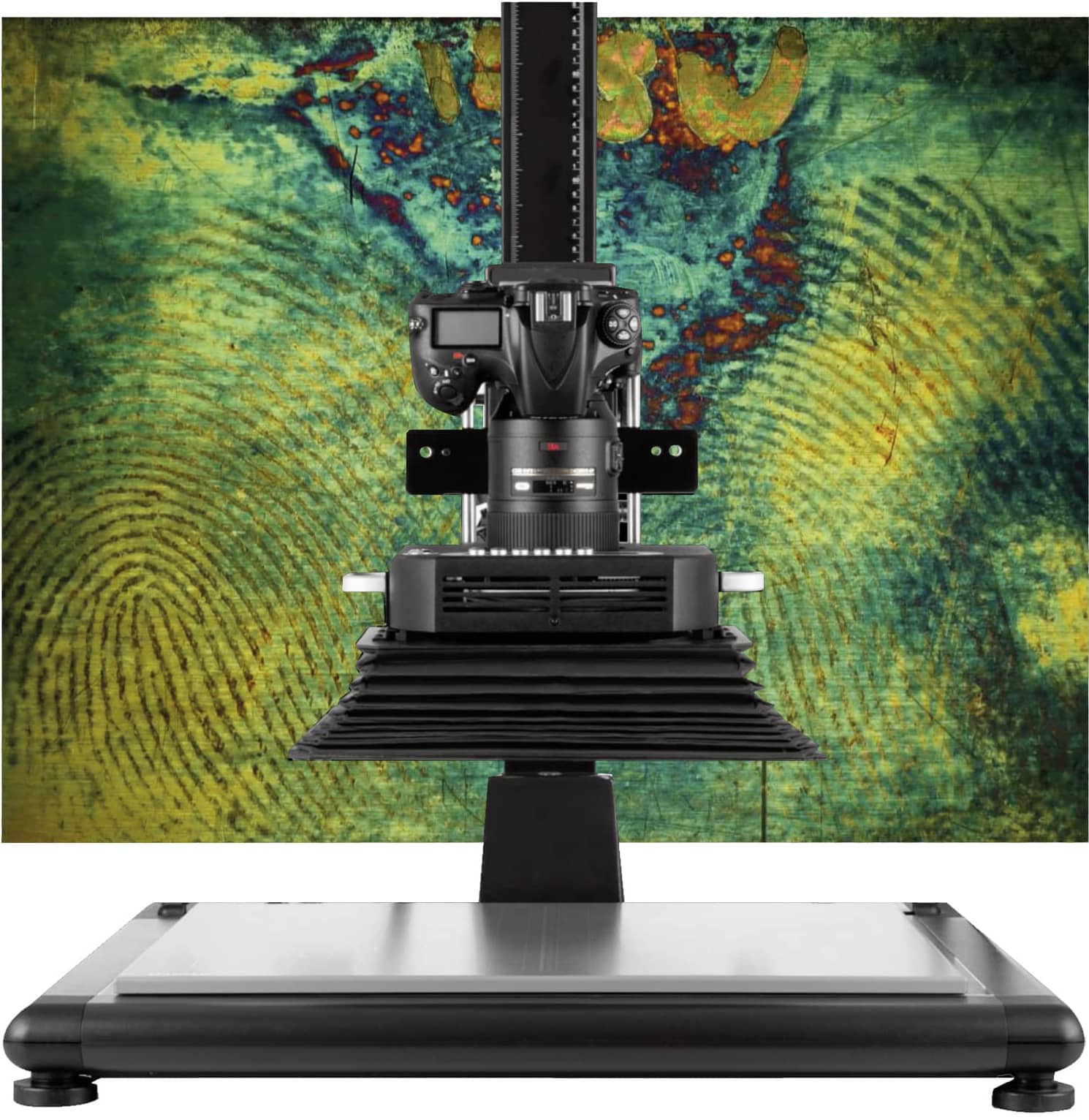
DCS 5 – How well do you know contrast imaging for Fingermarks?
From: Foster+Freeman
Posted On: 27 Mar 2024
There are always two things to consider when photographing fingermarks – the fingermark and the background. Both the fingermark and the exhibit substrate it has been developed on will affect which colour of light will be most effective at enhancing the contrast.
FLUORESCENCE IMAGING
Many latent fingerprint treatments such as Ardrox, DFO, BY40 and fluorescent powders fluoresce under specific wavelengths of light. Using the DCS 5 multi-wavelength ring light an operator is able to select the optimum wavelength to generate the maximum intensity of fluorescence for each type of treatment.
Plastic bag treated with Polycyano UV and examined under UV illumination.
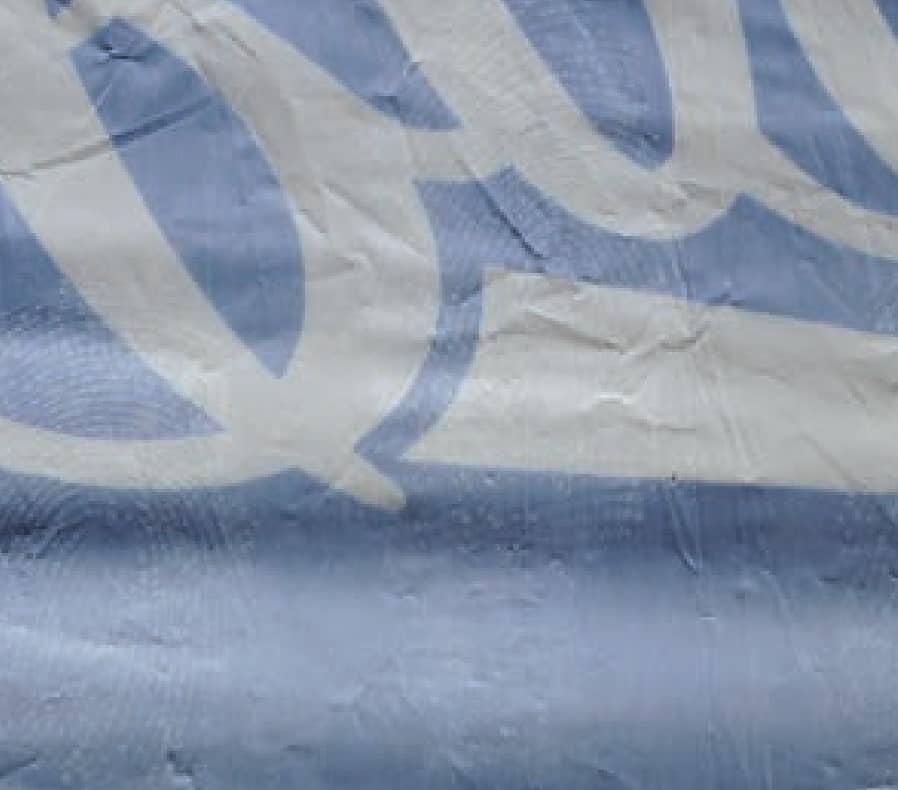
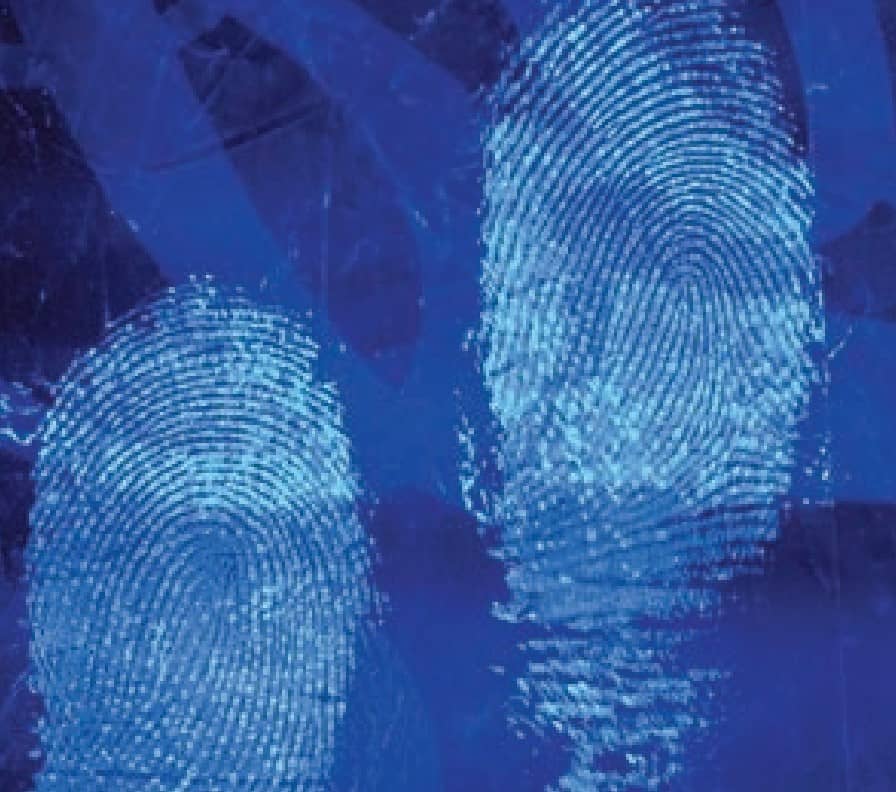
INFRARED IMAGING
Interfering backgrounds may be suppressed appearing white as they reflect IR whereas some chemical treatments such as Physical Developer and certain powders absorb IR and appear black. foster+freeman’s fingerprint dusting powder, fpNatural 1, fluoresces brightly in the infrared when illuminated with red light, eliminating interference from most backgrounds which rarely fluoresce at this wavelength.
Image: Polymer banknote treated with fpNatural 1 IR Fluorescent Powder, illuminated with red light using the Crime-lite 8x4Mk3 and viewed in the IR.
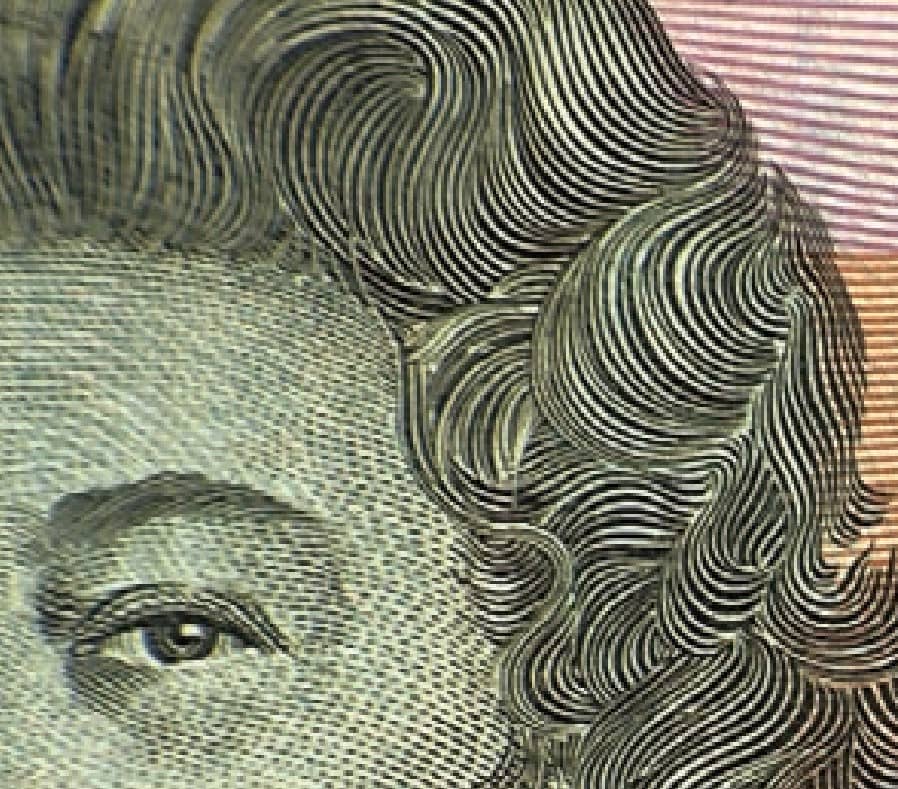
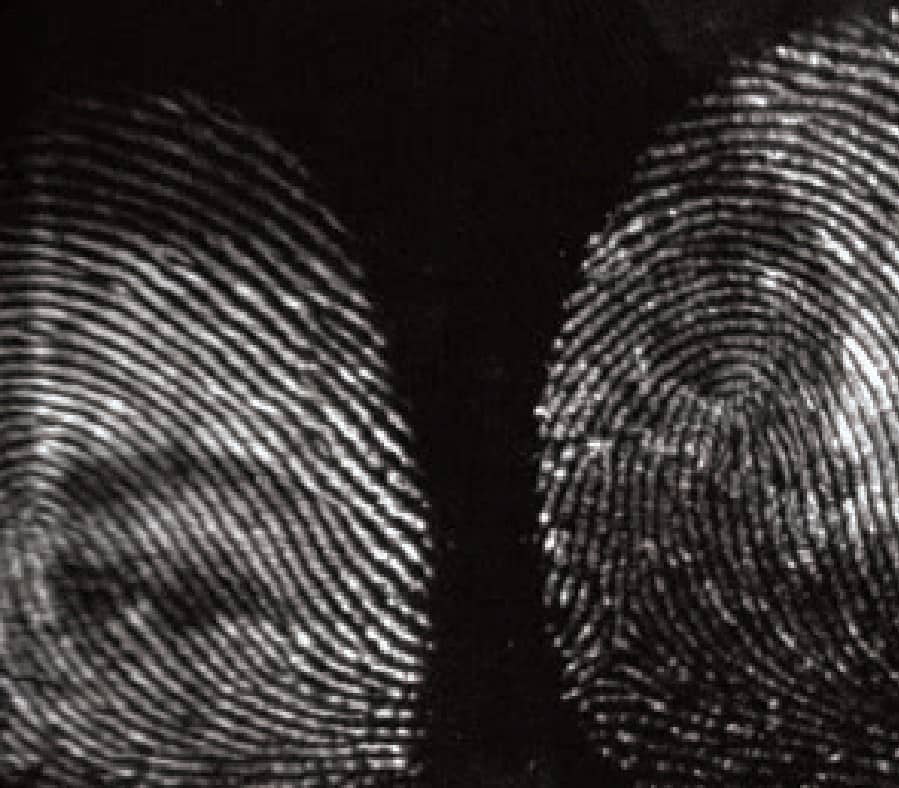
REFLECTED LONGWAVE UV IMAGING
Many surfaces such as glass and plastics absorb UV and appear black, which improves the visibility of both treated and untreated latent prints which often reflect UV. Images can then be significantly enhanced using the DCS 5 software.
Image: Untreated latent fingerprint on clear perspex. Perspex appears black when illuminated and viewed under UV revealing the fingerprint which reflects UV
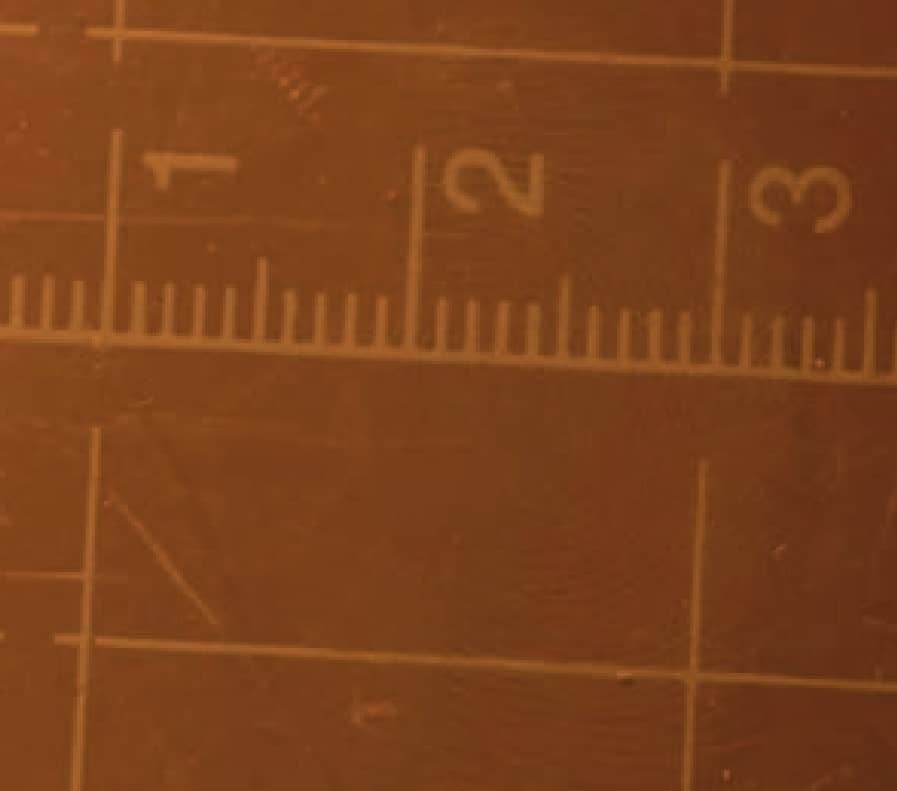
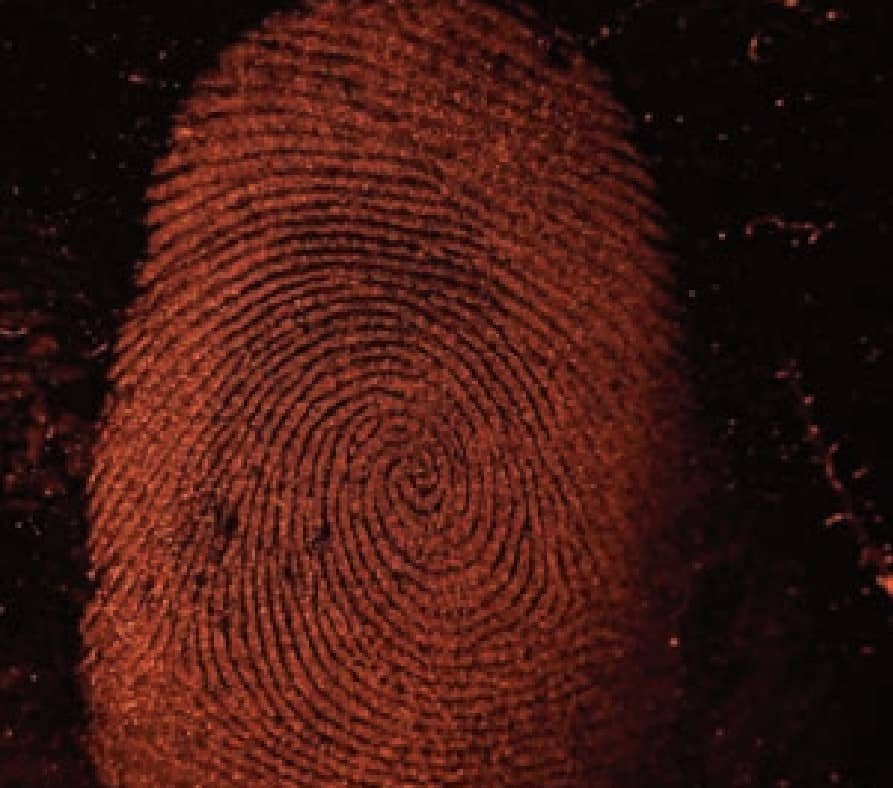
NINHYDRIN
When white light is directed onto ninhydrin on a white substrate, the white background reflects all of the wavelengths of light, whereas the purple fingerprint ridges absorb the green wavelengths which causes the human eye to see them as purple.
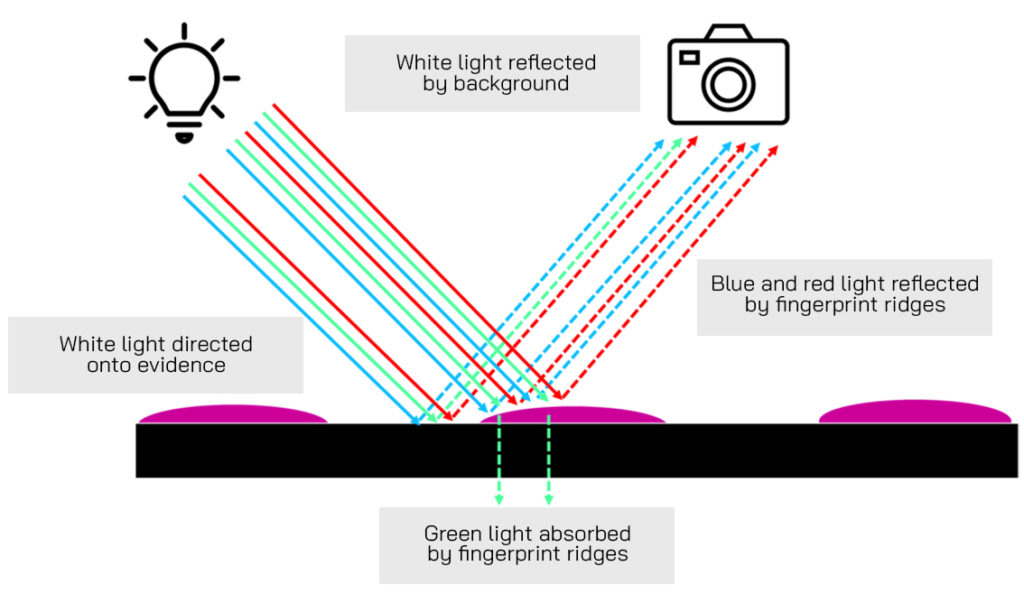
If green light is used to illuminate the same sample, the background will reflect all the green light directed onto it into the camera, whereas the purple ridges will strongly absorb this light and darken, as less of this light from the ridges will reach the camera. This means when the image is viewed in greyscale, the contrast between the ridges and background is increased.
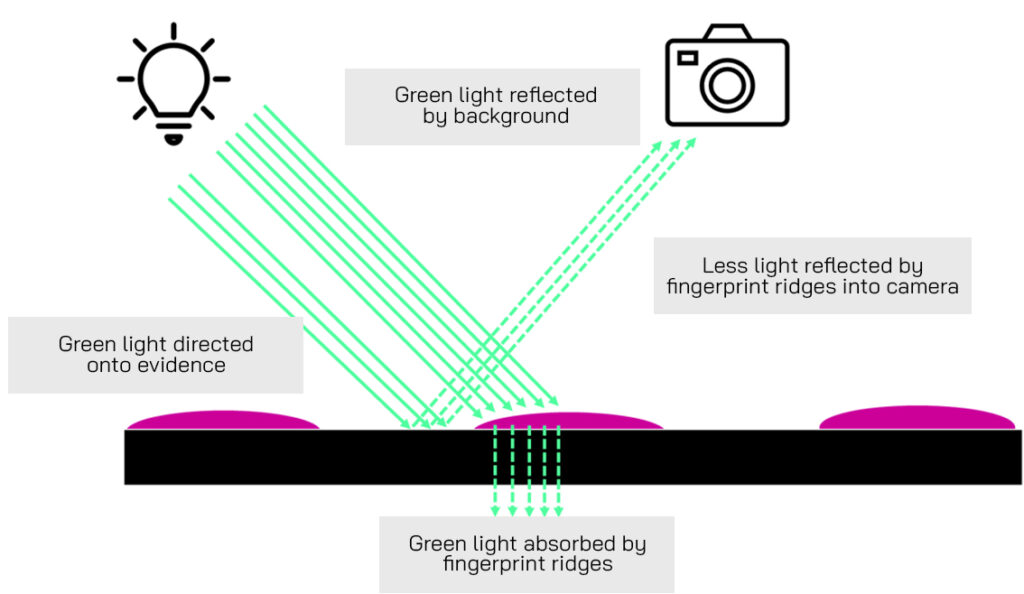
Ninhydrin is a commonly encountered treatment when the developed fingermarks can benefit from the use colour contrast imaging.
When the amino acids in fingerprints react with ninhydrin, they develop as Ruhemann’s Purple – a dark purple colour. If a green light is used to photograph these images, the dark purple ridges will absorb the green light and darken.
NINHYDRIN ON PAPER
It is not just the fingermark which needs to be considered when selecting a colour of light to use when photographing a fingermark – the background is of equal importance.
Where there is more than one possible colour to use for illumination, it cannot be known which would be the most effective – therefore multiple options may need to be tried to find the colour which will give the best contrast.
There are several different colours of light which could be used to enhance the contrast in different ways, as there are several factors to consider. This gives a range of options, allowing the best image to be chosen without having to alter the lighting conditions, using the capture previews setting on the DCS 5.
NINHYDRIN ON CARD
BLACK POWDER
When the fingermark on the exhibit appears dark or has undergone a treatment so that the fingermark appears dark in colour, the aim is to lighten the background to maximise the contrast. To do this, the same-coloured light is used as the interfering background to increase the contrast between the fingermark and the background.
ON COLOURED BACKGROUND
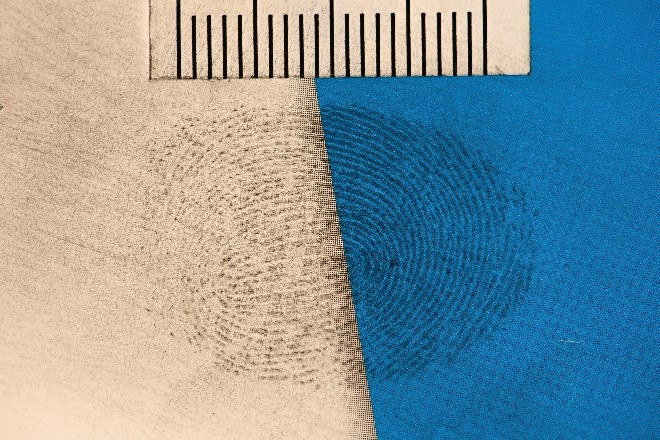
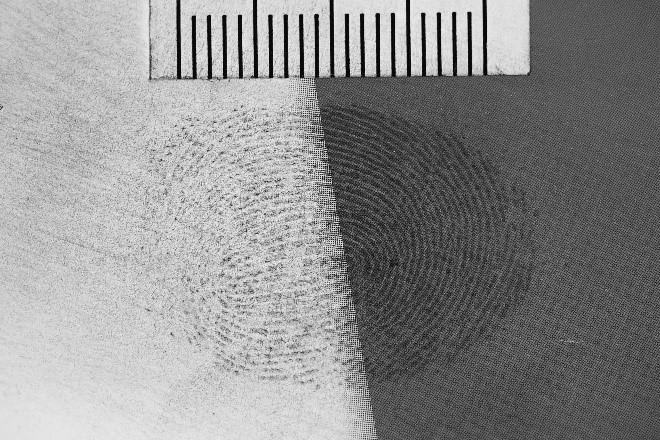
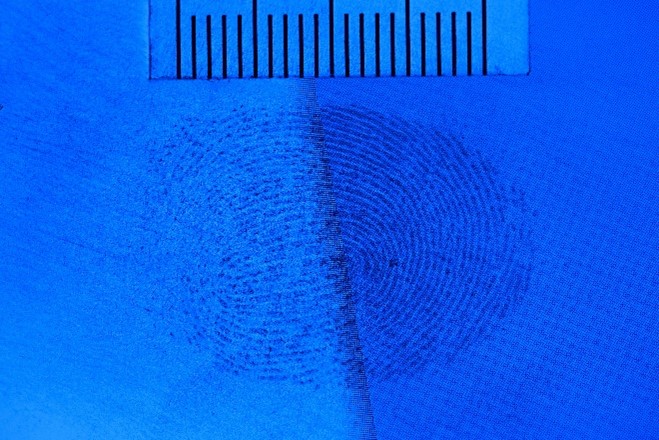
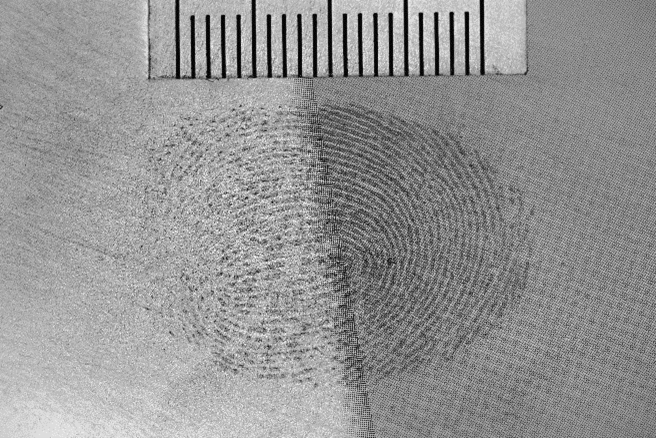
CYANOACRYLATE
When fingerprints are treated with cyanoacrylate, any fingermarks which are present will develop as white ridges. Coloured light can also be used if the substrate has a coloured background, in order to increase the contrast in the images. When the fingermark is white, the opposite colour of light to the interfering background can be used to darken the background to enhance the contrast.
ON A DRINK CAN
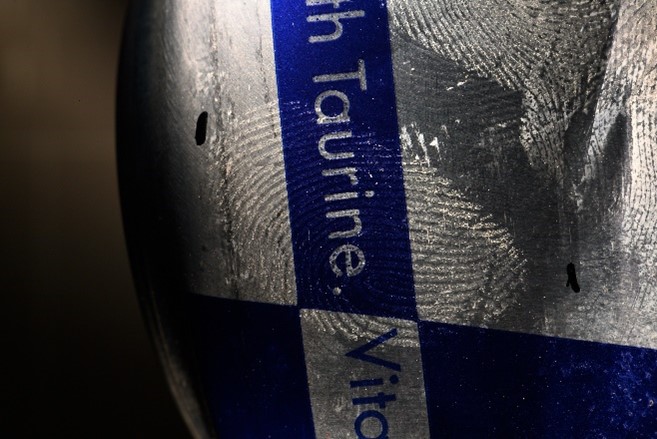
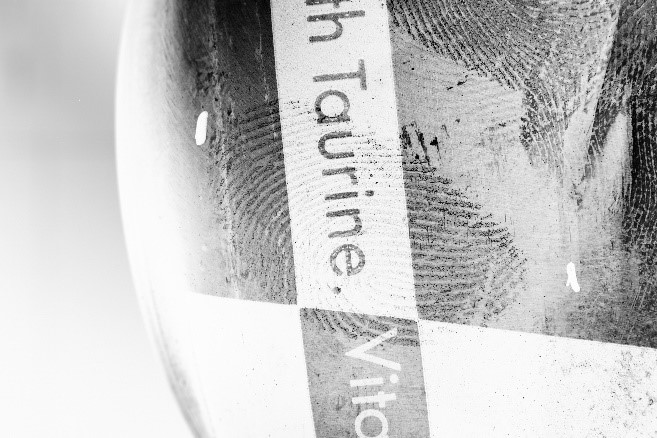
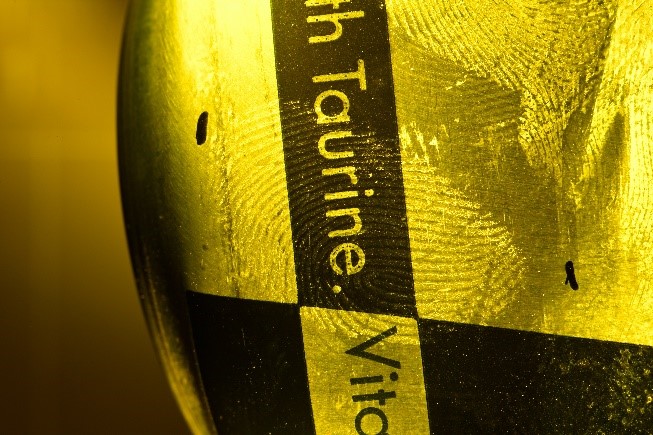
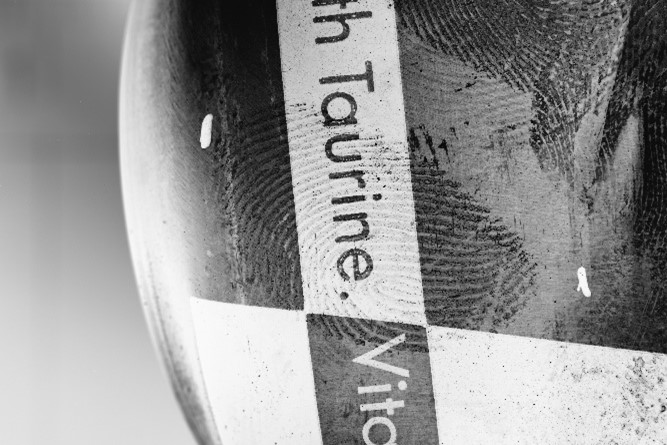
DCS 5
UV | VIS | IR
These diverse range of images were all captured, illuminated and visualised using the Foster+Freeman DCS 5.
No compromise fingerprint imaging workstation for unrivalled results
Used by fingerprint experts across the globe, DCS 5 is a comprehensive imaging system for the illumination, visualisation, photography, and enhancement of almost any type of fingerprint on any surface or background, ensuring that maximum detail is revealed.
Built around a modified flagship Nikon camera and fitted with application-specific macro lenses, DCS®5 systems include a comprehensive selection of imaging and illumination modules capable of revealing fingerprints and producing images of exceptional quality. Advanced digital enhancement maximizes print detail to further improve the value of evidence.
Precise wavebands of illumination from Ultraviolet through the visible spectrum to Infrared are provided to improve the visualisation of every type of fingerprint whether it be latent, contaminated or chemically treated.


